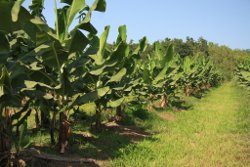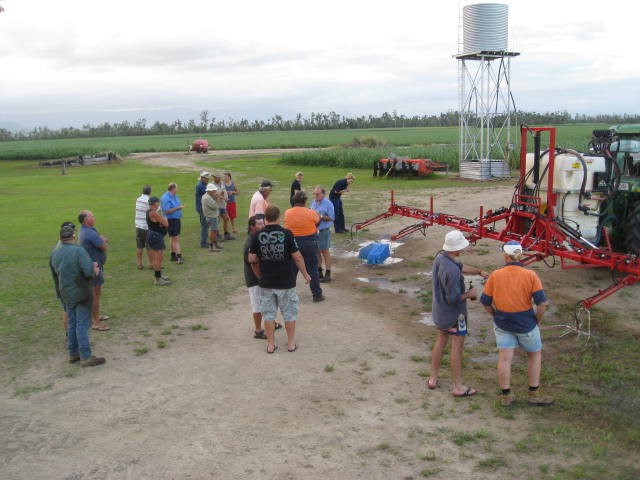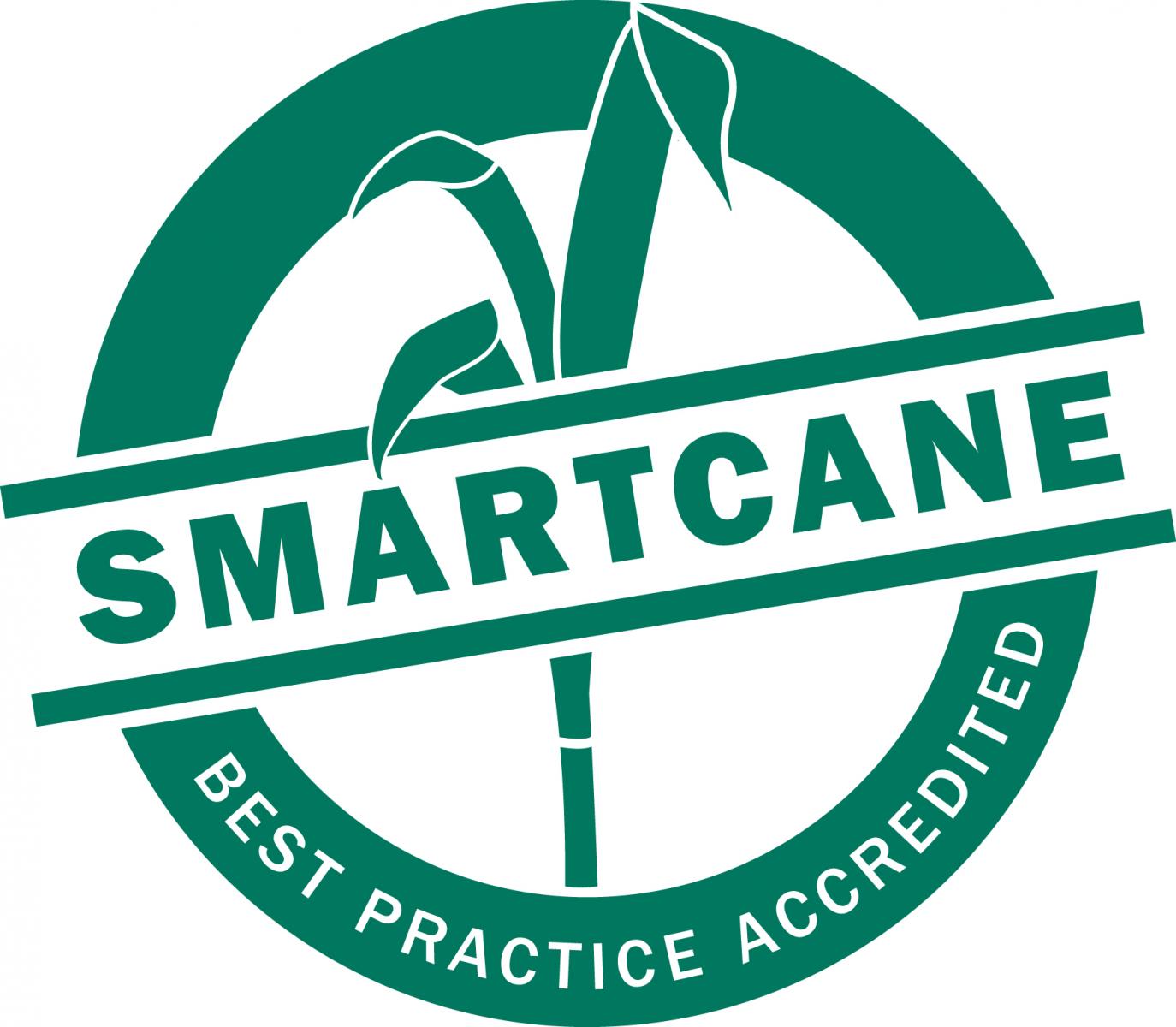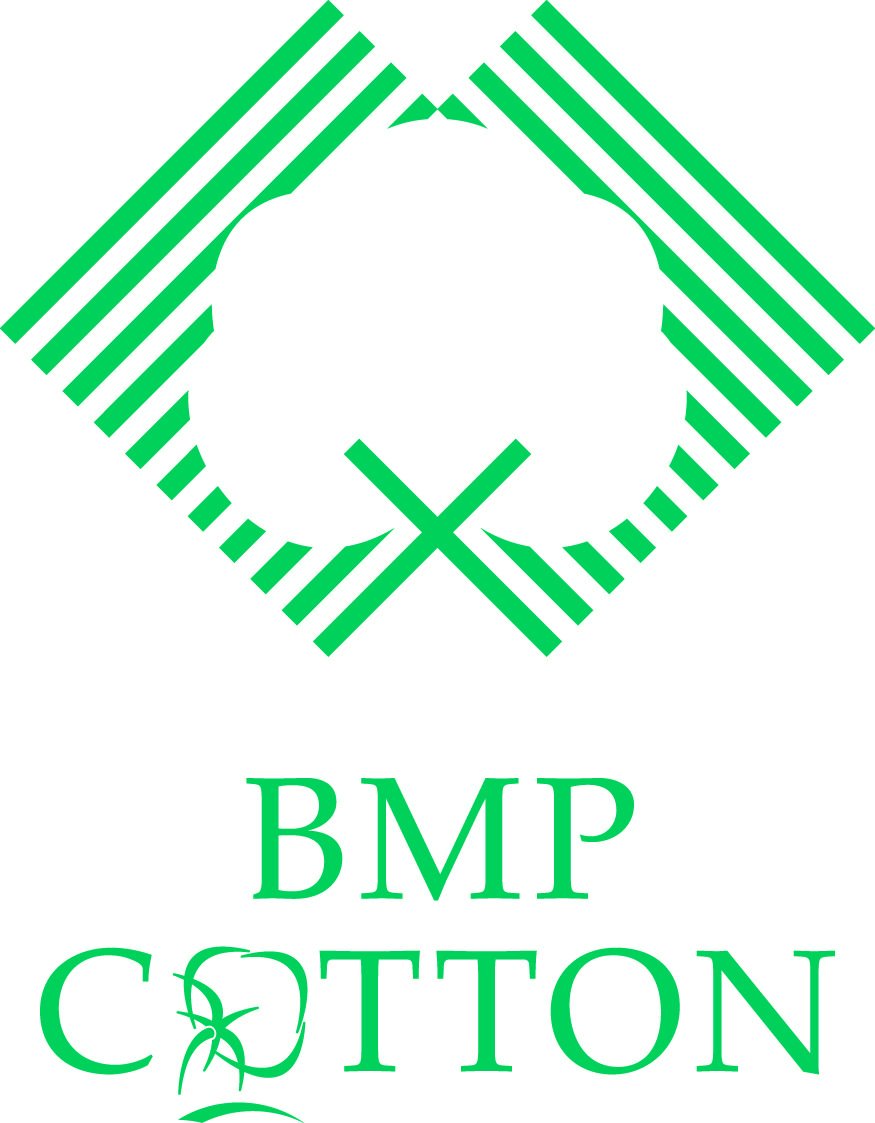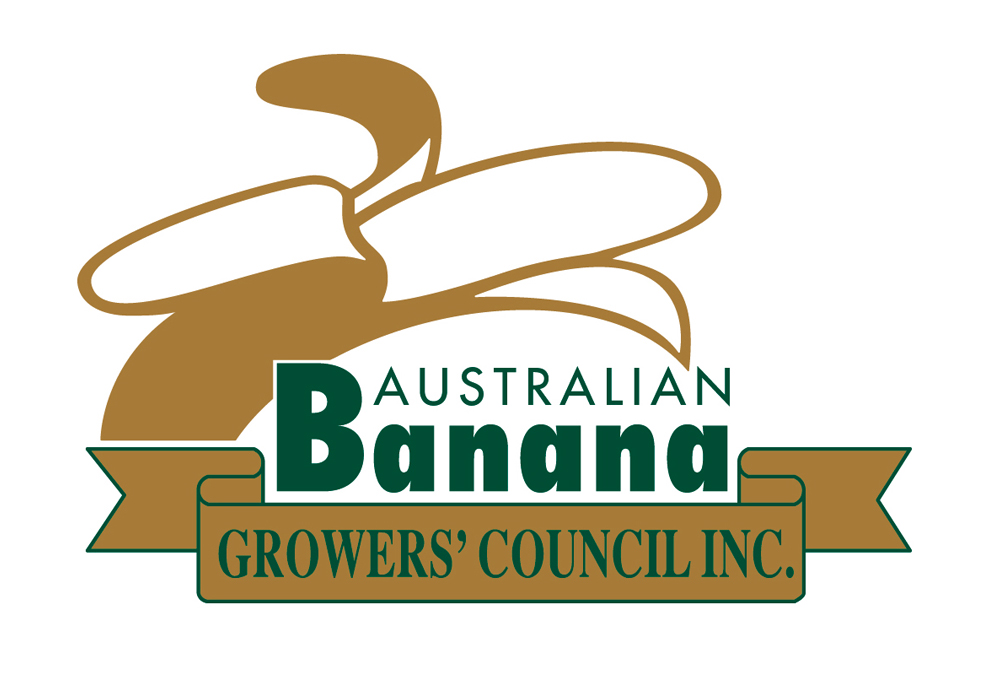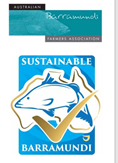|
|
Farm and waterway best management practicesPreventing pollutant loss through farm and waterway best management practices (BMPs) is an essential step in managing water quality. Farm and waterway BMPs improve water quality by minimising the loss of water and pollutants from production areas and other parts of the farm such as headlands, drains, riparian areas and wetlands. Best management practices are akey management intervention in the Whole-of-System, Values-based framework and a vital part of a treatment train. Quick facts
Treatment systems for agriculture – Farm and waterway best management practicesSelect from the tabs below Farm and waterway BMPs are essential to minimise nutrient, sediment and pesticide leaving farms. Treatment trains for agricultural water quality improvement start with farm and waterway BMPs to ensure downstream waterways and wetlands are not adversely impacted:[1][2]
The role of treatment systems is to complement BMPs by filtering water leaving a farm, reducing pollutant loads, prior to the water entering natural waterways and wetlands. Tips and tricks: Treatment systems are not designed to compensate for poor farm management practices and can be damaged, or not function efficiently, if overloaded by pollutants or by excessive water flows. Farm and waterway BMPs to improve water quality in agricultural and aquaculture production systems include, but are not limited to:
Industry BMP programs
Many industry organisations have developed BMP frameworks or guidelines and there are programs in place to support producers to adopt these frameworks. Follow the links below for the BMPs specific to major agricultural industries in Queensland: Sugarcane: SmartCane BMP Cotton: myBMP Cotton Horticulture: Hort360 Banana: Banana BMP Other: Queensland Farmers Federation Best Management Practice Programs The grazing and grain industries in Queensland do not have formal BMP programs, with best management practices promoted online and through extension projects. For more information on grazing best management practices and extension see FutureBeef and GRASS. The aquaculture industry also has programs covering sustainable production. The Australian Barramundi Farmers Association’s has the sustainably farmed barramundi certification program. Members of the Australian Prawn Farmers Association are certified through either of the two global aquaculture standards: Best Aquaculture Practice or Aquaculture Stewardship Council. Environmental RegulationsCertain agricultural activities are regulated, particularly in Great Barrier Reef catchments. Additional informationBest practice farming in the Great Barrier Reef catchments References
Last updated: 28 June 2022 This page should be cited as: Department of Environment, Science and Innovation, Queensland (2022) Treatment systems for agriculture – Farm and waterway best management practices, WetlandInfo website, accessed 8 May 2025. Available at: https://wetlandinfo.des.qld.gov.au/wetlands/management/treatment-systems/for-agriculture/bmp.html |

 — Department of the Environment, Tourism, Science and Innovation
— Department of the Environment, Tourism, Science and Innovation

